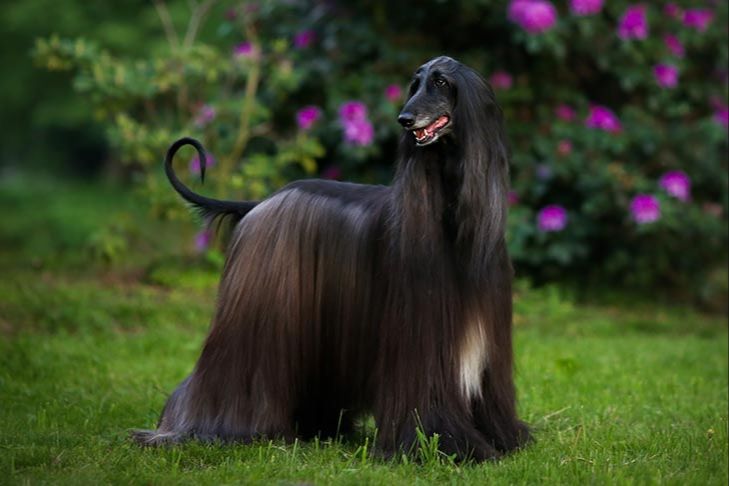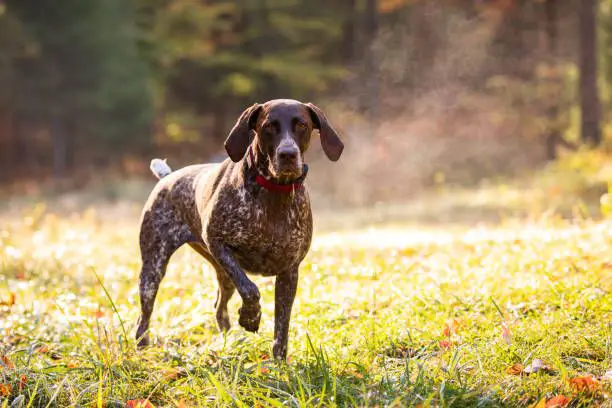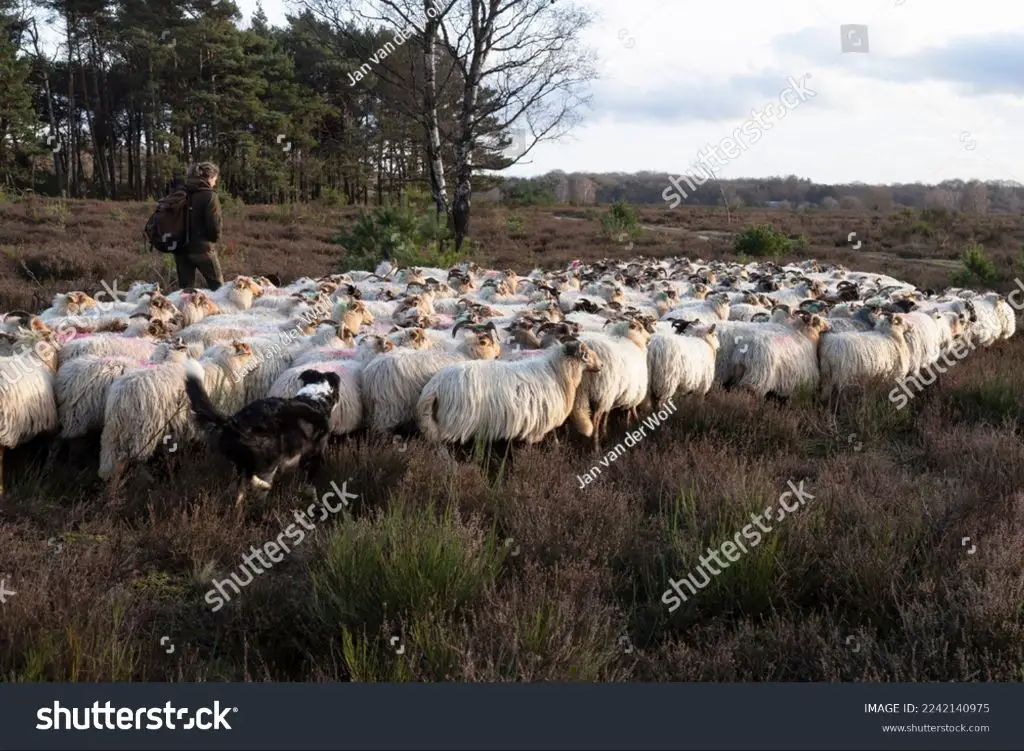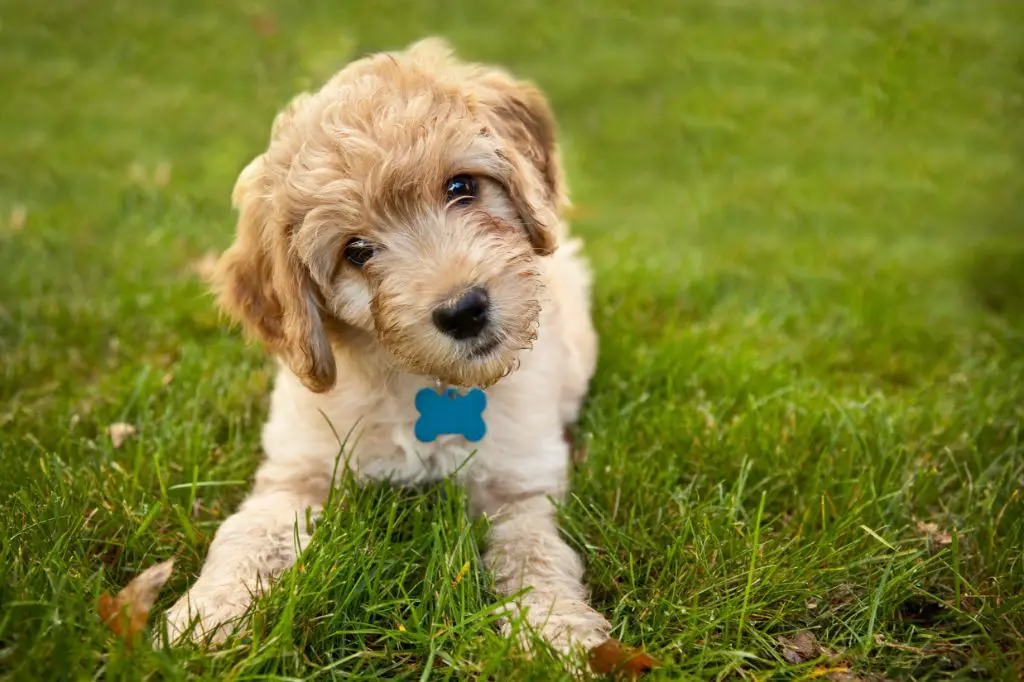Introduction
Dogs have been mankind’s best friend for thousands of years. From working dogs herding livestock, to hunting dogs helping early humans find food, to the toy breeds of today providing companionship, dogs have a rich history of partnership with humans.
But where did all these different dog breeds we know and love come from? How did we end up with tiny Chihuahuas and huge Great Danes, both descended from wolves? The origins and development of modern dog breeds is a fascinating story spanning centuries and continents.
In this article, we’ll take a journey through time and around the world exploring some of the oldest and most popular dog breeds, learning about their histories, purposes, and how they came to look as they do today. Whether you’re a dog lover, history buff, or simply curious, you’re sure to discover something new about man’s best friend.
Oldest Dog Breeds
Some of the oldest known dog breeds include the Saluki, Afghan Hound, and Basenji. The Saluki is thought to date back to ancient Egypt around 329 BC, where they were revered as royal dogs and honored in ancient art. Sighthounds like the Saluki were bred to hunt by sight rather than scent and could run down gazelle and hare over long distances (Source: https://a-z-animals.com/blog/the-9-oldest-dog-breeds/).
The Afghan Hound also has ancient origins, dating back to the pre-Christian era in the Middle East. They were originally bred in the inhospitable terrain of Afghanistan and Pakistan to hunt hares, gazelles, and leopards. The Afghan is known for its aristocratic appearance, long silky coat, and aloof personality (Source: https://spiritdogtraining.com/breeds/oldest-dog-breeds/).

Another ancient breed is the Basenji, which originated in central Africa and is depicted in ancient Egyptian artwork. Basenjis were prized by African tribes as “bush dogs” for their hunting abilities and tireless energy. They produce an unusual yodel-like sound rather than a conventional bark. The Basenji remains an active and intelligent breed but can be aloof with strangers (Source: https://www.caninecampus.us/11-most-ancient-dog-breeds-on-earth).
Hunting Dog Breeds
Hunting dogs were bred to assist humans in hunting game such as birds, rabbits, and other small animals. Some of the most popular hunting dog breeds include hounds, pointers, retrievers, and spaniels.
Hounds are hunting dogs that track prey by scent and chase it down. Some examples of hound breeds are Beagles, Basset Hounds, Bloodhounds, Coonhounds, Foxhounds, and Dachshunds. Hounds originated hundreds of years ago and were used for hunting rabbits, foxes, deer and other game [1].
Pointers are hunting dogs bred to freeze and point in the direction of game during a hunt. Once the game is located by the dog’s pointing, the hunter can then flush out and shoot the game. Some common pointer breeds are the English Pointer, German Shorthaired Pointer, Vizsla, and Weimaraner. Pointers were developed in the 17th and 18th centuries to “point” birds for hunting [2].

Retrievers are dogs bred to retrieve downed birds and other small game after it is shot by the hunter. Common retriever breeds are the Labrador Retriever, Golden Retriever, Chesapeake Bay Retriever, and Flat-Coated Retriever. Retrievers originated in the early 1800s in the United Kingdom.
Spaniels are another type of hunting dog bred to flush out game from dense brush and retrieve it. Some examples of spaniel breeds are the English Springer Spaniel, American Cocker Spaniel, and English Cocker Spaniel. Spaniels date back to the Renaissance era and were popular among European nobility.
Herding Dog Breeds
Many popular dog breeds were originally developed to herd livestock. Herding breeds are intelligent, energetic, and highly trainable dogs that exhibit strong herding instincts. Some of the most well-known herding breeds include:
Collies – This breed originated in Scotland and England. The rough-coated Collie was used to herd sheep and cattle, while the smooth-coated variety worked on farms and estates. References to Collies can be found as far back as the 1800s.[1]
Australian Shepherds – Despite their name, this breed was actually developed in the western United States by ranchers needing an agile herding dog that could withstand hot climates. They became associated with Australia through exportation of American-bred dogs to Australia in the 1950s.[2]
Shetland Sheepdogs/Shelties – Originating in the Shetland Islands north of Scotland, this miniature Collie was used to herd smaller livestock. The breed was recognized by the AKC in 1911.[3]

Welsh Corgi – Two separate Corgi breeds developed in Wales – the Pembroke Welsh Corgi and the Cardigan Welsh Corgi. They were used as cattle herders due to their closeness to the ground and strong work ethic. References to the breeds date back as far as the 10th century.[4]
German Shepherd Dogs – In 1899, Captain Max von Stephanitz developed this breed from traditional German herding dogs. The breed rose to prominence after World War I through service as police, guide, and search & rescue dogs.[5]
Working Dog Breeds
Working dogs were historically bred for specific jobs and tasks that supported human work and livelihoods. According to the American Kennel Club (AKC), working breeds are intelligent, strong, watchful, and independent dogs that perform various jobs like guarding property, pulling sleds or carts, performing water rescues, herding livestock, and more (source). Some of the most popular working dog breeds include:
Sled Dogs
Sled dogs are bred for the purpose of pulling a sled in northern climates. Common sled dog breeds include the Alaskan Malamute, Siberian Husky, Samoyed, and Canadian Eskimo Dog. According to a history of working dogs, sled dogs date back to the native communities of North America who used dogs to transport goods and people via sled (source). They typically have thick coats, high endurance, and a powerful work ethic.
Water Dogs
Water dog breeds were developed to retrieve downed waterfowl when hunting and have a natural love for swimming and water. Some examples include the Portuguese Water Dog, Standard Poodle, Irish Water Spaniel, and Newfoundland. According to the AKC, the thick waterproof coats, webbed feet, and water-repellent skin make these dogs well-equipped for aquatic work (source).
Guard Dogs
Guard dogs are working breeds developed throughout history to protect property and livestock. Their protective instincts, courageous temperament, intelligence, and strength make them excellent guardians. Some common guard dog breeds are the Doberman Pinscher, Rottweiler, Mastiff, and Great Dane. Guard dogs often work closely with humans and require extensive training and socialization (source).
Terrier Breeds
Terriers were originally bred to hunt and kill vermin and small prey. The word “terrier” comes from the Latin word “terra” meaning “earth”, reflecting their breeding to work underground hunting rodents and other pests. Some early terrier breeds include the Welsh Terrier, Manchester Terrier, and Cairn Terrier.
One of the oldest terrier breeds is the Welsh Terrier, originating in Wales in the 18th century to hunt otter, fox and badger. They were prized for their courage, tenacity and compact size that allowed them to follow prey into tight spaces. The Manchester Terrier was bred in England in the 19th century to control rats and rabbits. They could enter burrows and chase out the inhabitants. Cairn Terriers also originated in the Scottish Highlands and Isle of Skye in the 1600s to hunt and dispatch vermin from rocky dens and hills. Their short, compact bodies allowed them to maneuver easily through tunnels and crevices while hunting prey.
Overall, terriers were bred by farmers and hunters to help control vermin populations. Their agility, courage and persistence made them well suited for pursuing rodents, foxes, badgers and other animals that could be threatening or destructive on rural farms and estates.
Toy Dog Breeds
Toy breeds have been bred primarily as companion dogs. Many of these pint-sized pups originated as lap warmers, often for royalty and aristocracy. According to the Encyclopedia Britannica, toy dog breeds such as the Pekingese, Japanese Chin, and pug were treasured by Chinese and Japanese nobility as far back as the 8th century AD. The Cavalier King Charles Spaniel was a favored pet of English royalty in the 17th century. Later toy breeds like the Havanese became popularized in Europe in the 19th century.
Selective breeding focused on producing small dogs with endearing temperaments ideal for being loyal and affectionate companions. Many toy breeds have longer lifespans than larger dogs and remain playful and energetic even into old age. Their portable size also enabled them to adapt well to city living. While individual toy breeds have unique histories, on the whole their origins trace back to a common purpose – to be true companion dogs providing affection, comfort and loyalty.
Modern Purebreds
Most of the breeds we know today were established in the 19th and 20th centuries during the Victorian era in Britain. This period saw a dramatic growth in demand for purebred dogs as companion animals and for participation in dog shows, field trials, and other competitive events (source). Dog breeding became a popular leisure activity and hobby among the growing middle class.
Victorian breeders began selectively breeding dogs by emphasizing certain physical and behavioral traits. They established breed standards and closed studbooks to control breeding and document purebred pedigrees. Many modern breeds like the Pug, Bulldog, and German Shepherd were developed during this time. While some breeds had existed for centuries, such as Greyhounds used in hunting and herding dogs like Collies, the Victorians defined the breeds more narrowly and began breeding them purely for the show ring and for specialized work like ratting.
The controlled breeding practices of the Victorians allowed them to create dogs with consistent, standardized features within each breed. However, this intense selective breeding and closed gene pools also led to inherited disorders in some breeds. Still, the majority of popular modern breeds trace their origins and breed standards to Victorian Britain and 19th century dog fanciers.
Crossbreeds and Designer Dogs
In recent years, crossbreeds and designer dogs have surged in popularity. Crossbreeds are dogs that are a mix of two or more recognized breeds, while designer dogs are crossbreeds that have been deliberately bred to combine desired traits from their parent breeds. Some of the most popular crossbreeds today include the Goldendoodle (Golden Retriever x Poodle), Labradoodle (Labrador Retriever x Poodle), Maltipoo (Maltese x Poodle), and Cockapoo (Cocker Spaniel x Poodle).
There are several reasons for the rising popularity of crossbreeds:
- Increased genetic diversity – Crossbreeding introduces hybrid vigor that can reduce the risk of inheriting genetic diseases.
- Desirable combined traits – Crossbreeds allow breeders to handpick traits from two purebreds, such as the intelligence of a Poodle and friendliness of a Labrador.
- Suitability as family pets – Many crossbreeds have gained reputations as highly intelligent, low-shedding, energetic pets well-suited for families.
- Fashionable and cute – The portmanteau names like “Goldendoodle” and their cute puppy appearances attract many buyers.
- Increased marketing – Breeders have intensified marketing of crossbreeds as special or rare designer dogs.

However, critics argue that crossbreeding reduces breed purity and predictability. There are also concerns about puppy mills and irresponsible breeding practices around popular crossbreeds. Overall though, crossbreeds look set to continue growing in popularity as buyers are attracted to their combined traits and decreased health risks.
Conclusion
Understanding the origins and history of dog breeds provides important insights into their characteristics, traits, and behaviors. Summarizing key points, the evolution from wolves to domesticated dogs allowed humans to breed them for specific purposes like hunting, herding, guarding, and companionship. Tracing the lineage of ancient breeds like Basenjis and Afghan Hounds gives a window into our past relationships with dogs. The development of modern breeds in the 19th century sparked the current diversity we see today, ranging from toy breeds like Chihuahuas to working dogs like Siberian Huskies. Crossbreeding continues to develop dogs with new combinations of traits. While every dog has an individual personality, their breed origins influence tendencies – herding dogs may nip, hounds follow scents. Knowing what your dog was originally bred to do provides guidance on their exercise needs, training motivations, and health considerations. Overall, understanding breed history allows us to better care for our dogs and appreciate how we shaped them over centuries to become our close companions.